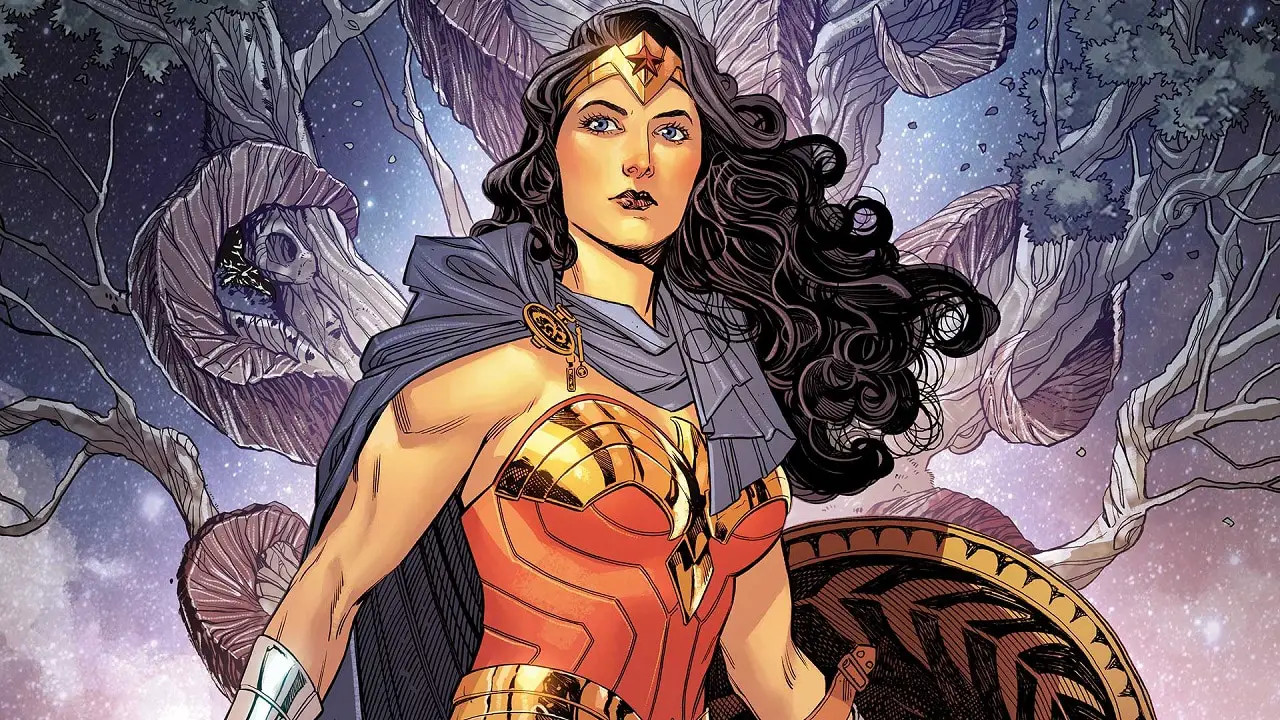While the comic book industry has been viewed as a boy’s club for decades, behind the scenes some of the most innovative and creative artists have been women. Here are 11 names any serious comics geek should know and celebrate.
Tarpé Mills
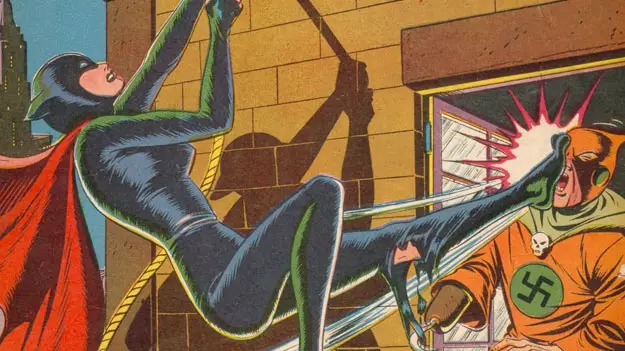
The early days of comics were very male-dominated, but for June Tarpé Mills, that was just more motivation. The Brooklyn-born artist went by her middle name so that editors and readers wouldn’t know she was a girl.
After modeling to pay her way through New York’s Pratt Institute, she worked as a fashion illustrator before working on a number of adventure comics in the early 1940s.
Her most notable character, Miss Fury, ran in multiple Sunday newspaper color sections, debuting a half-year before Wonder Woman. Miss Fury was a socialite who battled spies and criminals in a full-body panther costume, and Mills brought a seething sexuality to the strip that pushed boundaries week after week.
Marie Severin
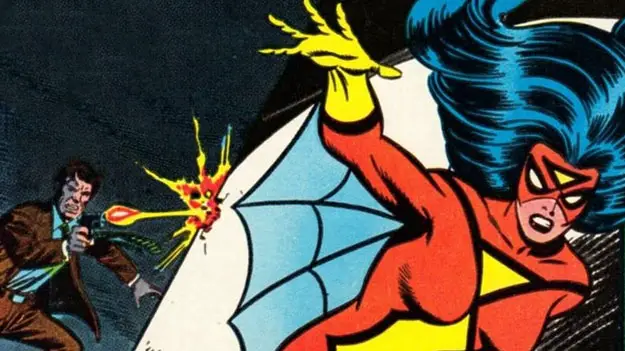
If there’s a single name that was present at some of the most important creative moments in comic book history, it was Marie Severin. Her brother John brought her into EC Comics at the height of that company’s 1950s popularity, where she cut her teeth as a colorist.
After the Comics Code destroyed EC, she went to Marvel’s production department. They quickly learned she was a brilliant — and fast — draftswoman, and she worked on Dr. Strange and Sub-Mariner comics, followed by dozens more. In 1976 she co-created Spider-Woman and later worked for Marvel’s all-ages Star Comics imprint.
She was still doing published work as late as 2005 but formally retired in 2007, capping off a half-century of work in the comics medium.
Ramona Fradon
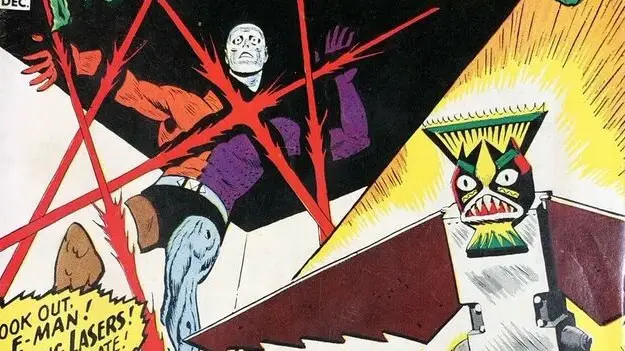
After graduating from the Parsons School of Design, Ramona Fradon was encouraged to submit artwork samples to DC Comics in 1950. Her knack for figure drawing and inventive cartooning got her multiple jobs, most notably as the artist on Aquaman. She was the company’s go-to female illustrators, most notably creating Metamorpho with writer Bob Haney.
In 1965, she left the comics biz to raise a family, but once her kids were old enough the call of the spinner rack was too strong to ignore and she returned to DC to work on a grab bag of titles.
In 1980, she took over art duties on the Brenda Starr newspaper strip and drew it for the next 15 years. Even after retirement, she kept drawing, most notably for the SpongeBob SquarePants licensed book.
Rumiko Takahashi
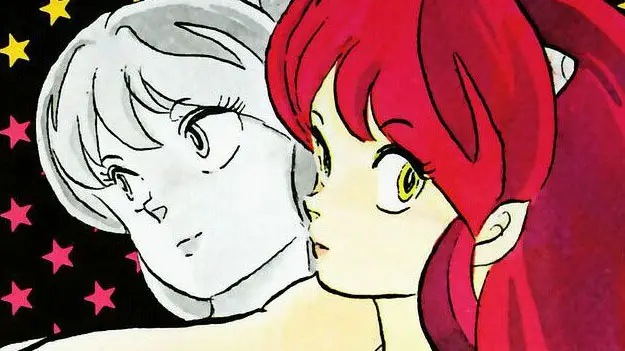
The manga business in Japan was male-dominated for a while after World War II, but many young women took inspiration from Osamu Tezuka to write and draw their own stories.
One of the most notable is Rumiko Takahashi, who studied under Kazuo Koike in the 1970s before debuting Urusei Yatsura in 1978. The breezy tale of an alien princess who comes to Earth ahead of an invasion fleet becherstoryame a huge success, and Takahashi followed it up with hit after hit, most notably rom-com Maison Ikkoku and gender-swapping martial arts epic Ranma ½. Takahashi continued working into the 21st century and was recently honored with the Grand Prix de la ville — essentially a lifetime achievement award — at France’s prestigious Angouleme comics festival.
Trina Robbins
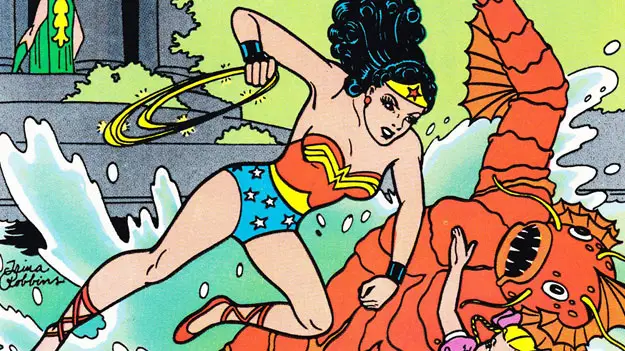
The 1970s were a fertile time for comics both in and out of the mainstream. As Marvel was building their universe, the streets of San Francisco teemed with underground artists publishing boundary-pushing books of their own. In general, those comics weren’t terribly enlightened when it comes to women.
So Trina Robbins, a transplant from Brooklyn who had been active in sci-fi fandom, put together Wimmen’s Comix, an anthology of up-and-coming female cartoonists that would be massively influential.
Robbins would work all over the industry, from the undergrounds to all-ages work for Marvel and even becoming the first female artist to draw Wonder Woman.
Shawn Kerri
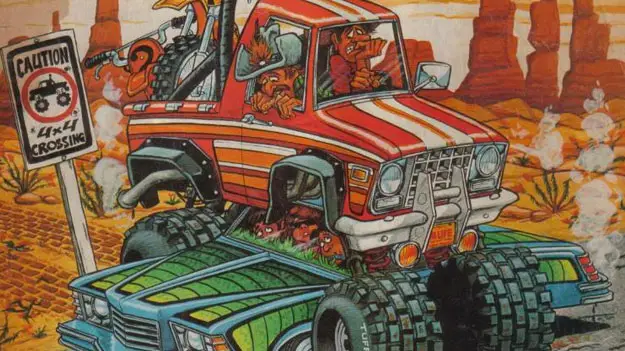
Straddling the worlds of California car culture and punk rock, Shawn Kerri was one of the most underrated but potent cartoonists of the 1980s. Perhaps most notable for designing the skanking mascot for the Circle Jerks, Kerri — born Shawn Maureen Fitzgerald — broke into the industry with strips in auto humor magazine CARToons at the age of seventeen.
A few years later, she moved to Los Angeles and started punk fanzine Rude Situation, all the while contributing to Cracked, writing Donald Duck comics for Disney and drawing dirty gags for Hustler using the pen name Dee Lawdid.
Colleen Doran

The self-publishing boom of the 1980s and 1990s, buoyed by the success of Teenage Mutant Ninja Turtles, allowed a whole generation of artists to get their comics on the stands.
Colleen Doran was an art prodigy, winning a Disney illustration contest and the age of five and working professionally in advertising in her teens. In 1979, she started printing her sci-fi epic A Distant Soil in fanzines, and the rich, manga-influenced series has been running on and off ever since, set to measure a thousand pages upon completion.
She’s also done lots of freelance work for Marvel and DC, including illustrating some issues of Sandman.
Julie Doucet

Montreal-born cartoonist Julie Doucet became one of the most iconic artists of the late 1990s with her series Dirty Plotte, a wild collage of dreams, fantasies and gritty realism limned in a deeply textured art style that improved by leaps and bounds every issue.
Doucet stopped creating Dirty Plotte in 1998, moving on to longer form works and experimental collages. In 2006, she announced her retirement from the comics medium but she continues to make prints and other works.
Amanda Conner
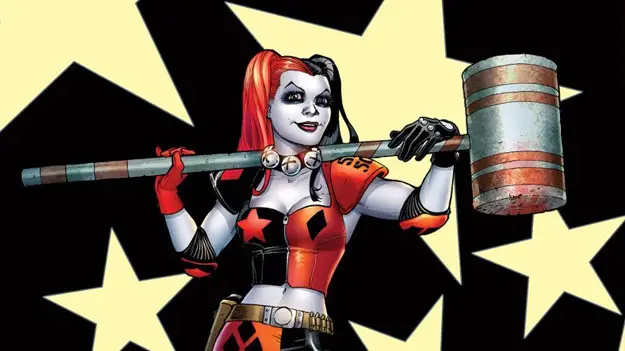
After attending the Joe Kubert School, Amanda Conner got her first Marvel work at the age of 21 and has been refining her expressive, dynamic art style across dozens of different comics ever since.
In the late 1980s she signed on with Archie for a few years, but her biggest breakthrough came at DC, where she first became the iconic artist for character Power Girl, and then brought Harley Quinn to the company’s top-tier characters with her own solo series.
Fiona Staples
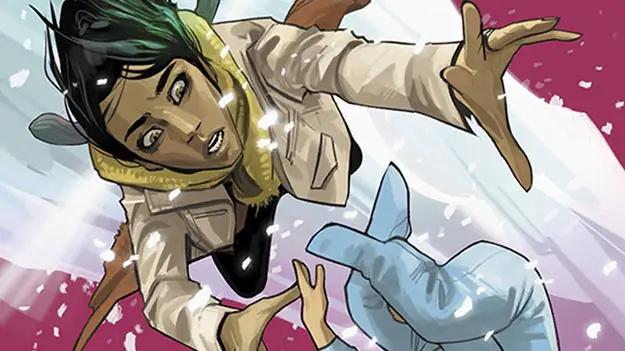
One of the most critically-acclaimed artists in the comics world today, Fiona Staples has brought a unique sensibility to her long-running collaboration with Brian K. Vaughan, Saga.
Staples is notable for embracing digital technology to create pages that read like traditional narrative art but are rendered with bold color holds and striking linework.
In 2015, she was hired to illustrate the rebooted Archie comic, updating the traditional teen for modern audiences.
Sana Takeda
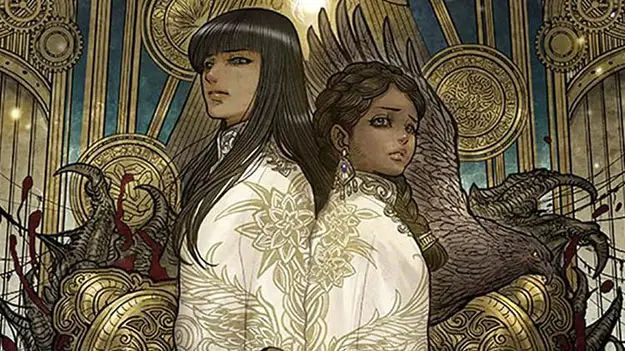
Japanese artist Sana Takeda got her start in the video game industry, creating 3D renders of athletes for Sega’s sports titles. Marvel editor C. B. Cebulski got ahold of her portfolio and realized he had an incredible talent on his hands, hiring her to illustrate titles like Ms. Marvel.
Related: Girls want (and need) more female superheroes
Takeda draws entirely digitally in Photoshop, but you’d never know it — her illustrations are rich with texture and flow brilliantly from panel to panel. Her current series is the creator-owned Monstress with writr Marjorie Liu, and it’s a gripping horror fantasy epic that is a critical and commercial success.
But there's more. Check out these bussin stories:
- Disability
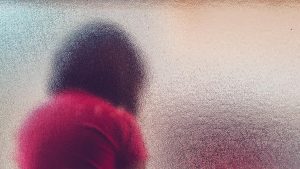 No, activists: autism isn’t a gift. For parents, it can be literal hell. The media will have you believe autism is just about being a really smart guy with few social skills. It's a lie.
No, activists: autism isn’t a gift. For parents, it can be literal hell. The media will have you believe autism is just about being a really smart guy with few social skills. It's a lie. - History Money SMH
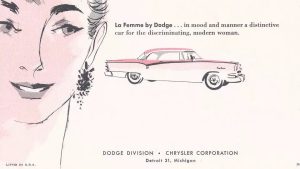 Shrink It & Pink It: the sad truth about how tech markets to women Marketing to women hasn't progressed much.
Shrink It & Pink It: the sad truth about how tech markets to women Marketing to women hasn't progressed much. - It Happened To Me Love
 I dated a pansexual porn star and it was everything I thought it’d be I kept wondering, 'Do we really have to allocate funds to purchase a strap-on instead of an airline ticket for you to meet my family?'
I dated a pansexual porn star and it was everything I thought it’d be I kept wondering, 'Do we really have to allocate funds to purchase a strap-on instead of an airline ticket for you to meet my family?'


